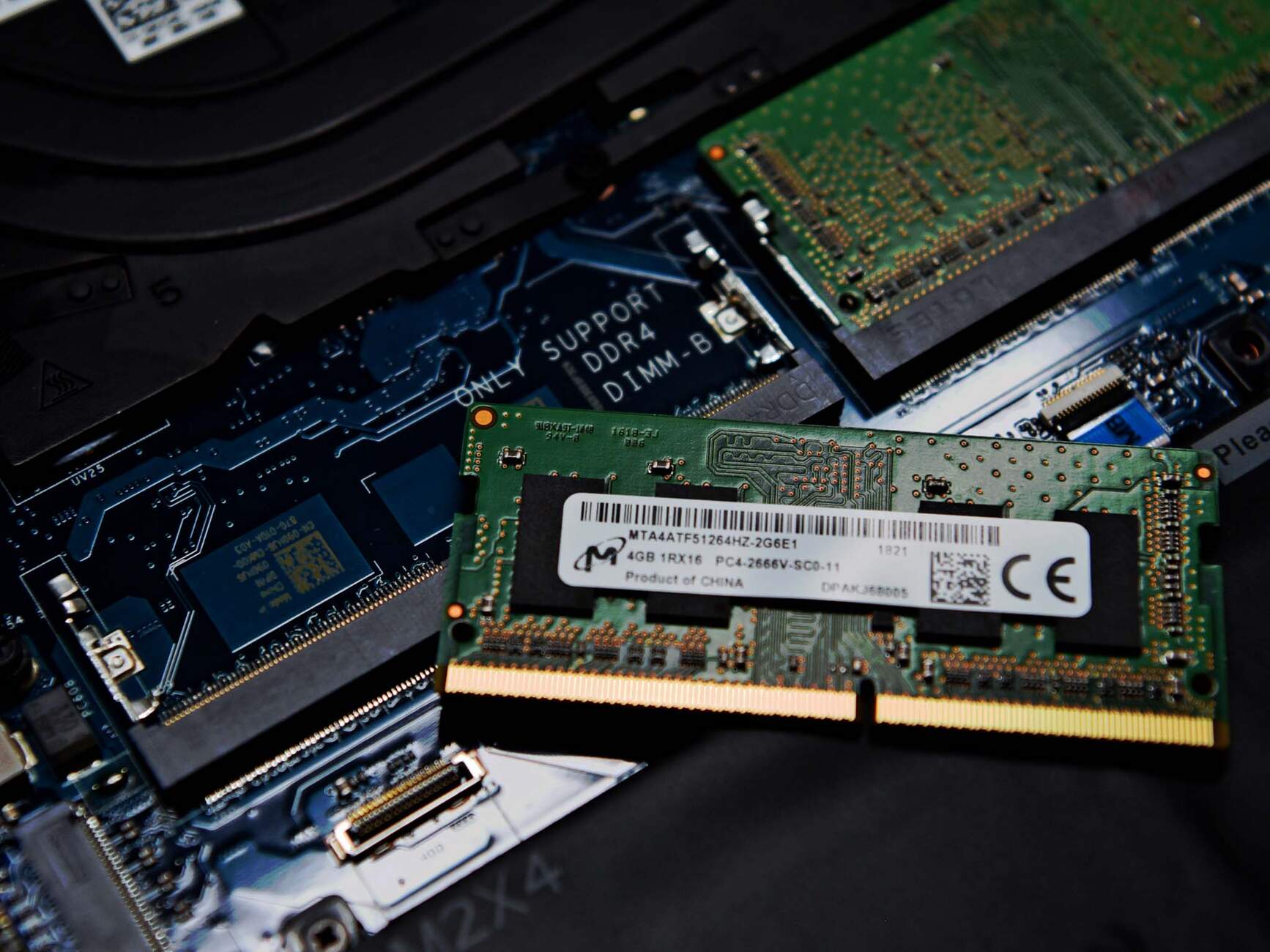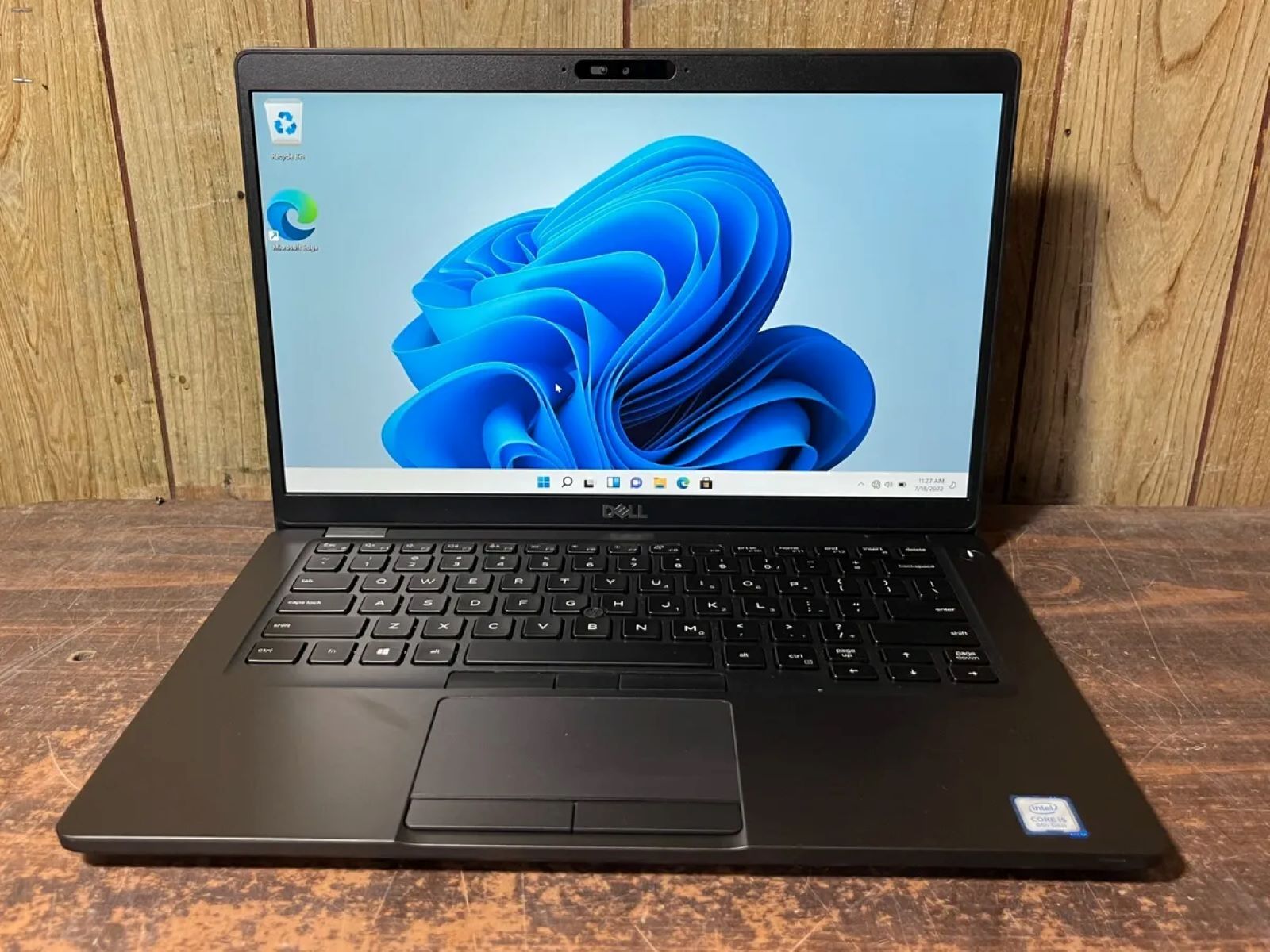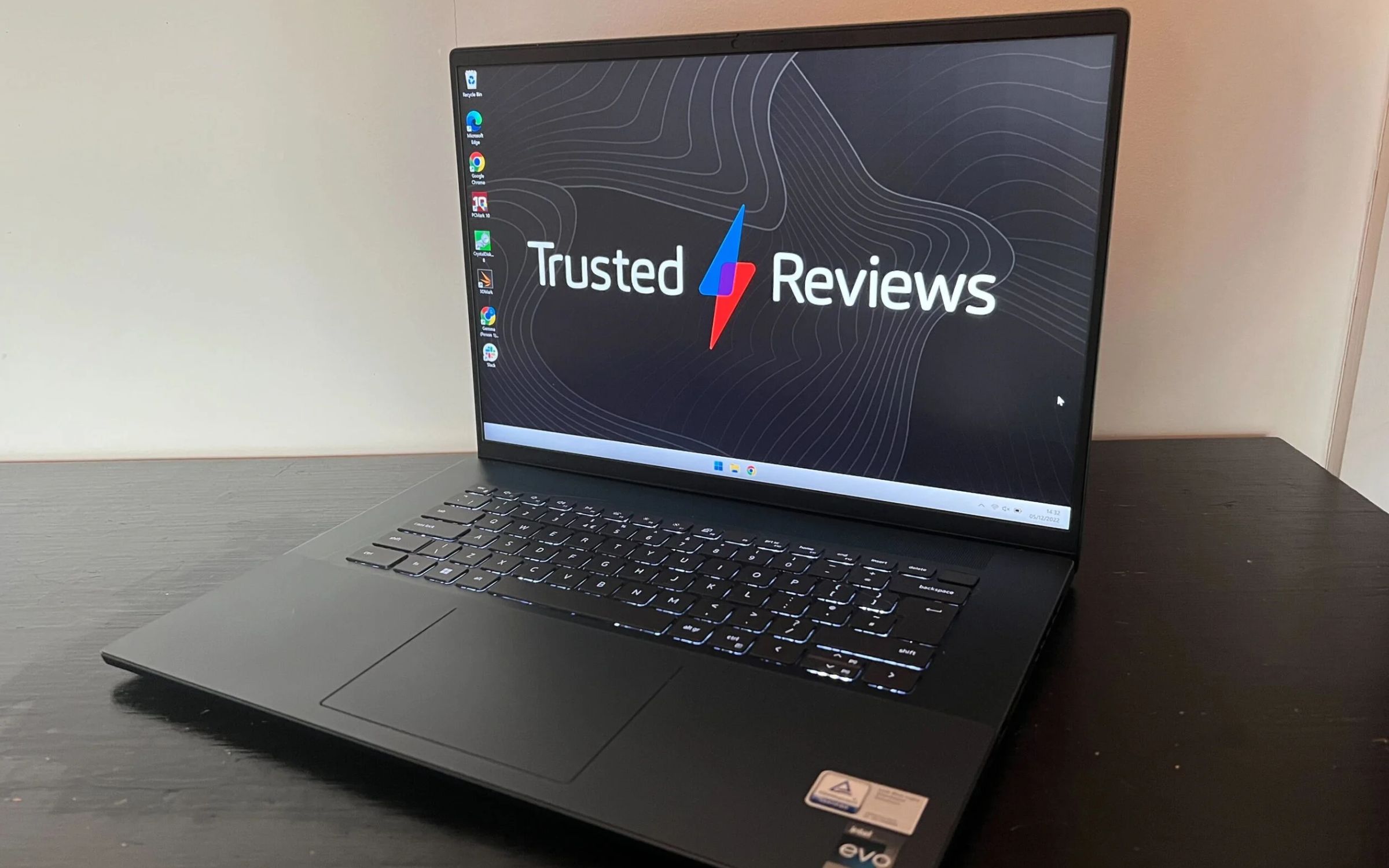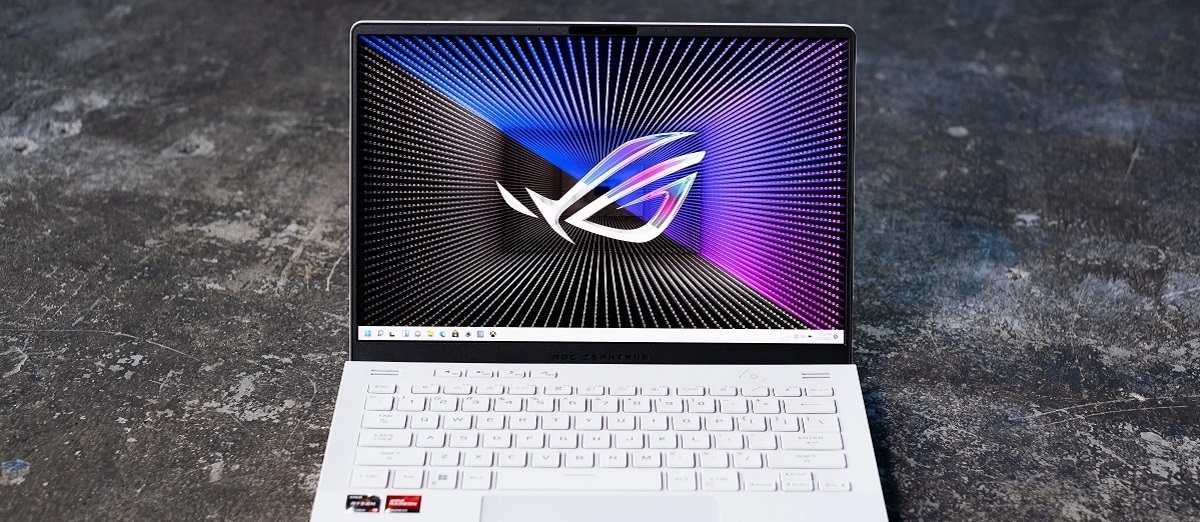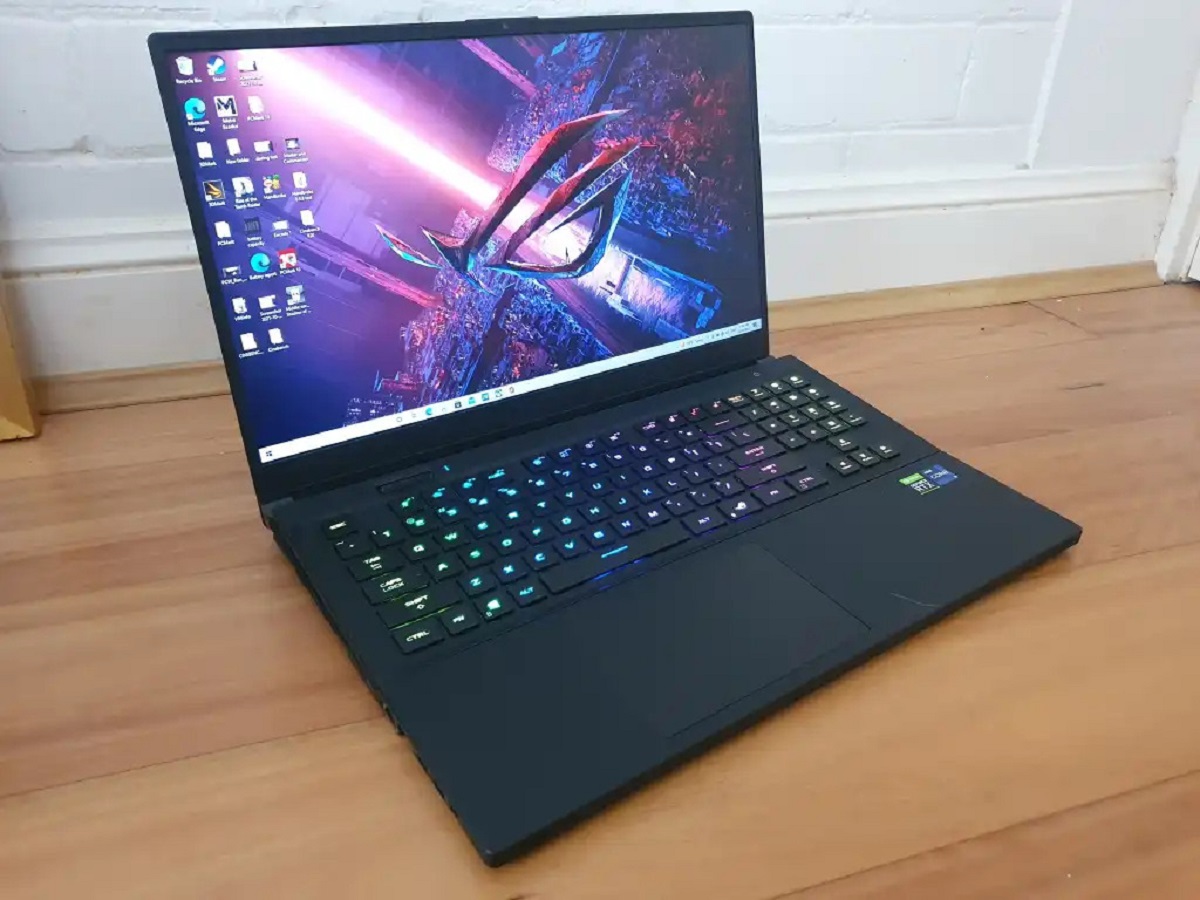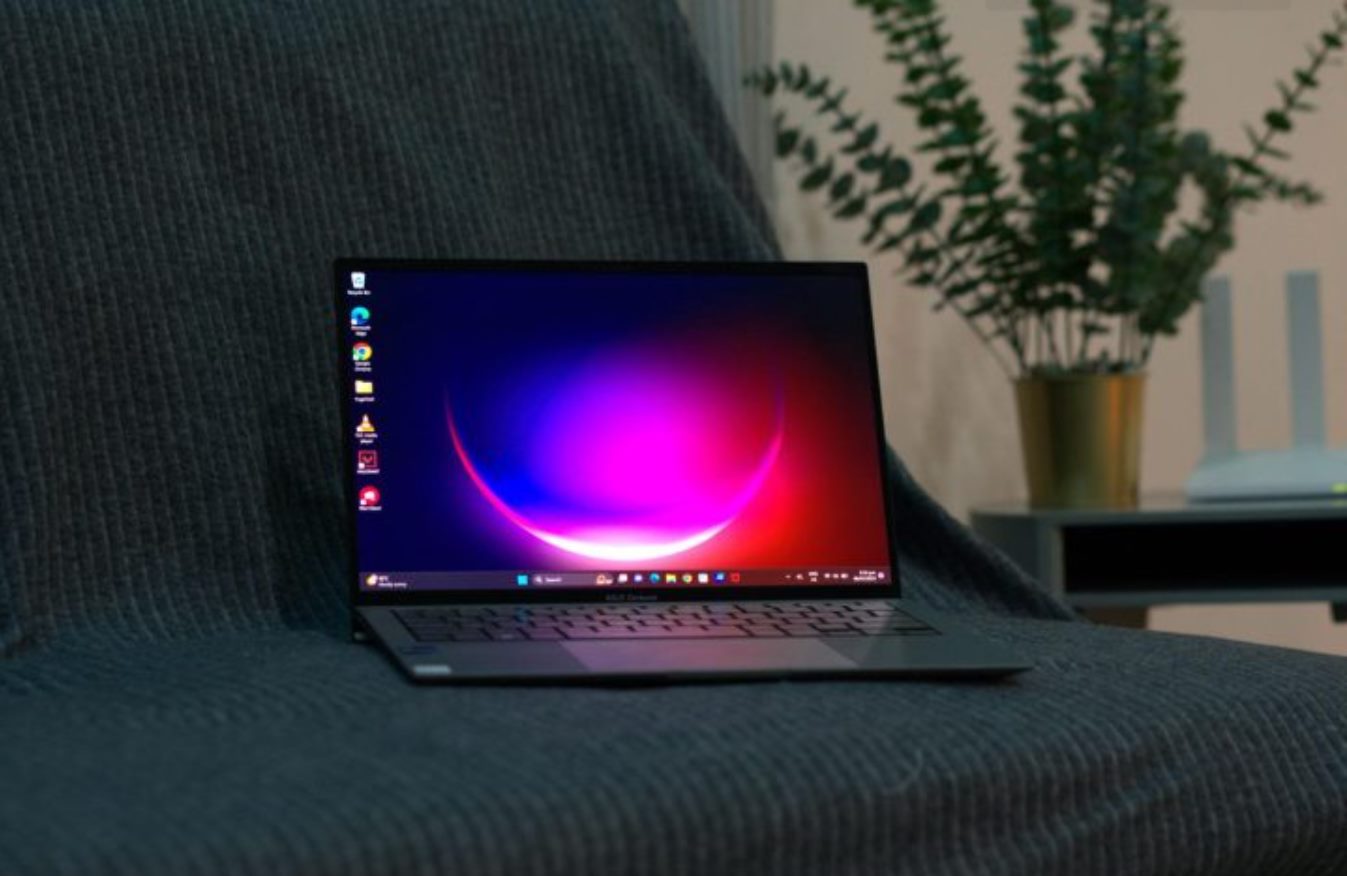Introduction
Knowing the model of your RAM (Random Access Memory) is essential when upgrading your computer’s memory or troubleshooting issues related to performance. With the release of Windows 11, checking the RAM model has become easier than ever. In this article, we will explore different methods to check the RAM model on a Windows 11 system.
Upgrading your RAM can significantly improve your computer’s speed and multitasking capabilities. Whether you’re a tech enthusiast or a casual user, understanding your system’s RAM model is crucial for making informed decisions regarding memory upgrades.
Windows 11 comes with several built-in tools that allow you to gather detailed information about your computer. In this guide, we will walk you through various methods to check your RAM model, including using the Task Manager, System Information, Command Prompt, and PowerShell.
Whether you prefer a graphical interface or a command-line approach, there’s a method that suits your needs. By following the steps outlined in this article, you’ll be able to easily identify the model of your RAM and proceed with any necessary upgrades or troubleshooting.
So, let’s dive in and see how you can check the RAM model on your Windows 11 system using different methods.
Method 1: Using Task Manager
Task Manager is a useful built-in tool in Windows 11 that allows you to monitor and manage various aspects of your computer’s performance. It also provides information about the hardware components, including the RAM model.
Here are the steps to check the RAM model using Task Manager:
- Press Ctrl + Alt + Delete on your keyboard simultaneously, then select Task Manager from the options.
- In the Task Manager window, click on the Performance tab at the top.
- Under the Performance tab, click on Memory in the left sidebar.
- On the right-hand side, you will see the Physical Memory section, which displays detailed information about your RAM.
- Look for the Speed or Manufacturer column to find the model of your RAM.
If the RAM model information is not visible, you can right-click on any of the column headers and select Choose Columns. From the list of options, make sure that Manufacturer or Speed is checked.
By following these steps, you can easily identify the model of your RAM using the Task Manager tool in Windows 11.
Method 2: Using System Information
Windows 11 provides a comprehensive System Information tool that gives you detailed insights into your computer’s hardware components, including the RAM model.
Follow these steps to find the RAM model using System Information:
- Press the Windows key on your keyboard to open the Start menu, then type “System Information” and click on the matching result.
- Once the System Information window opens, look for the Hardware Resources section in the left sidebar and expand it by clicking on the arrow icon.
- Under the Hardware Resources section, select Memory.
- On the right-hand side, you will find detailed information about your computer’s memory, including the RAM model.
- Look for the Device ID or Part Number columns to identify the model of your RAM.
The System Information tool provides a wealth of information about your computer’s hardware. It not only displays the RAM model but also presents other details, such as the type, capacity, and speed of your memory.
By following these steps, you can easily glean the model of your RAM using the System Information tool in Windows 11.
Method 3: Using Command Prompt
Command Prompt is a powerful command-line interface in Windows 11 that allows you to execute various commands and access detailed information about your computer. You can also use it to check the model of your RAM.
Here’s how you can find the RAM model using Command Prompt:
- Open the Command Prompt by pressing Win + X and selecting Command Prompt from the menu, or by typing “Command Prompt” in the Start menu search bar and clicking on the matching result.
- In the Command Prompt window, type the following command and press Enter:
wmic memorychip get Manufacturer, PartNumber - The Command Prompt will display the Manufacturer and PartNumber details of your RAM chips.
- Look for the manufacturer and model information to identify the RAM model.
Command Prompt provides a straightforward way to gather information about your RAM by using the wmic memorychip command. This command retrieves detailed information about your memory chips, including the manufacturer and part number.
By following these steps, you can easily identify the model of your RAM using Command Prompt in Windows 11.
Method 4: Using PowerShell
PowerShell is a command-line shell and scripting language that provides advanced management and automation capabilities in Windows 11. You can leverage PowerShell to check the model of your RAM with just a few commands.
Here’s how you can find the RAM model using PowerShell:
- Open PowerShell by pressing Win + X and selecting Windows PowerShell from the menu, or by typing “PowerShell” in the Start menu search bar and clicking on the matching result.
- In the PowerShell window, type the following command and press Enter:
Get-WmiObject -Class "Win32_PhysicalMemory" | Select-Object Manufacturer, PartNumber - PowerShell will retrieve the Manufacturer and PartNumber details of your RAM chips.
- Look for the manufacturer and model information to identify the RAM model.
PowerShell provides a flexible and powerful environment for system administration and management tasks. By using the Get-WmiObject command, you can retrieve information about the physical memory installed on your computer, including the manufacturer and part number.
By following these steps, you can easily identify the model of your RAM using PowerShell in Windows 11.
Conclusion
Checking the RAM model on your Windows 11 system is essential for upgrading your computer’s memory or troubleshooting performance issues. Fortunately, Windows 11 offers multiple methods to easily identify the model of your RAM.
In this article, we covered four methods for checking the RAM model:
- Using Task Manager: The Task Manager tool provides a simple way to view detailed information about your RAM, including the model. You can access it by pressing Ctrl + Alt + Delete and selecting Task Manager.
- Using System Information: The System Information tool in Windows 11 gives you comprehensive insights into your computer’s hardware components, including the RAM model. You can access it by typing “System Information” in the Start menu search bar.
- Using Command Prompt: Command Prompt allows you to execute commands to retrieve information about your computer, including the RAM model. You can open Command Prompt by pressing Win + X and selecting Command Prompt.
- Using PowerShell: PowerShell is a powerful command-line shell that provides advanced management capabilities. It can be used to retrieve the RAM model by executing specific commands. You can open PowerShell by pressing Win + X and selecting Windows PowerShell.
By following the steps outlined in each method, you can easily identify the model of your RAM in Windows 11. Knowing the RAM model enables you to make informed decisions regarding memory upgrades and ensures optimal performance for your computer.
Whether you prefer a graphical user interface or the command-line approach, Windows 11 offers versatile options to access the RAM model information. Choose the method that suits your preferences and needs, and you’ll be able to effortlessly determine your RAM model.
Keeping your computer’s hardware components up-to-date, including your RAM, is crucial for smooth and efficient performance. Use the methods shared in this article to check your RAM model in Windows 11 and stay informed about your system’s memory configuration.







